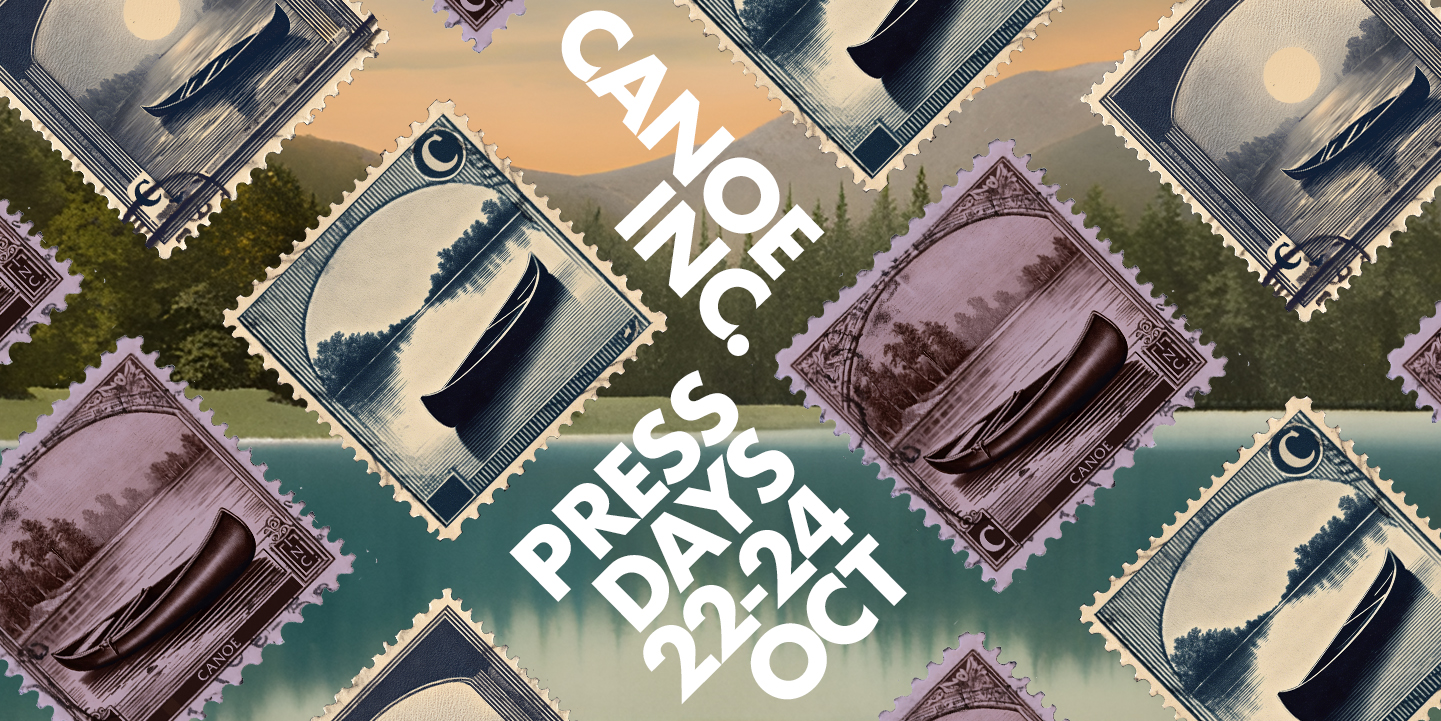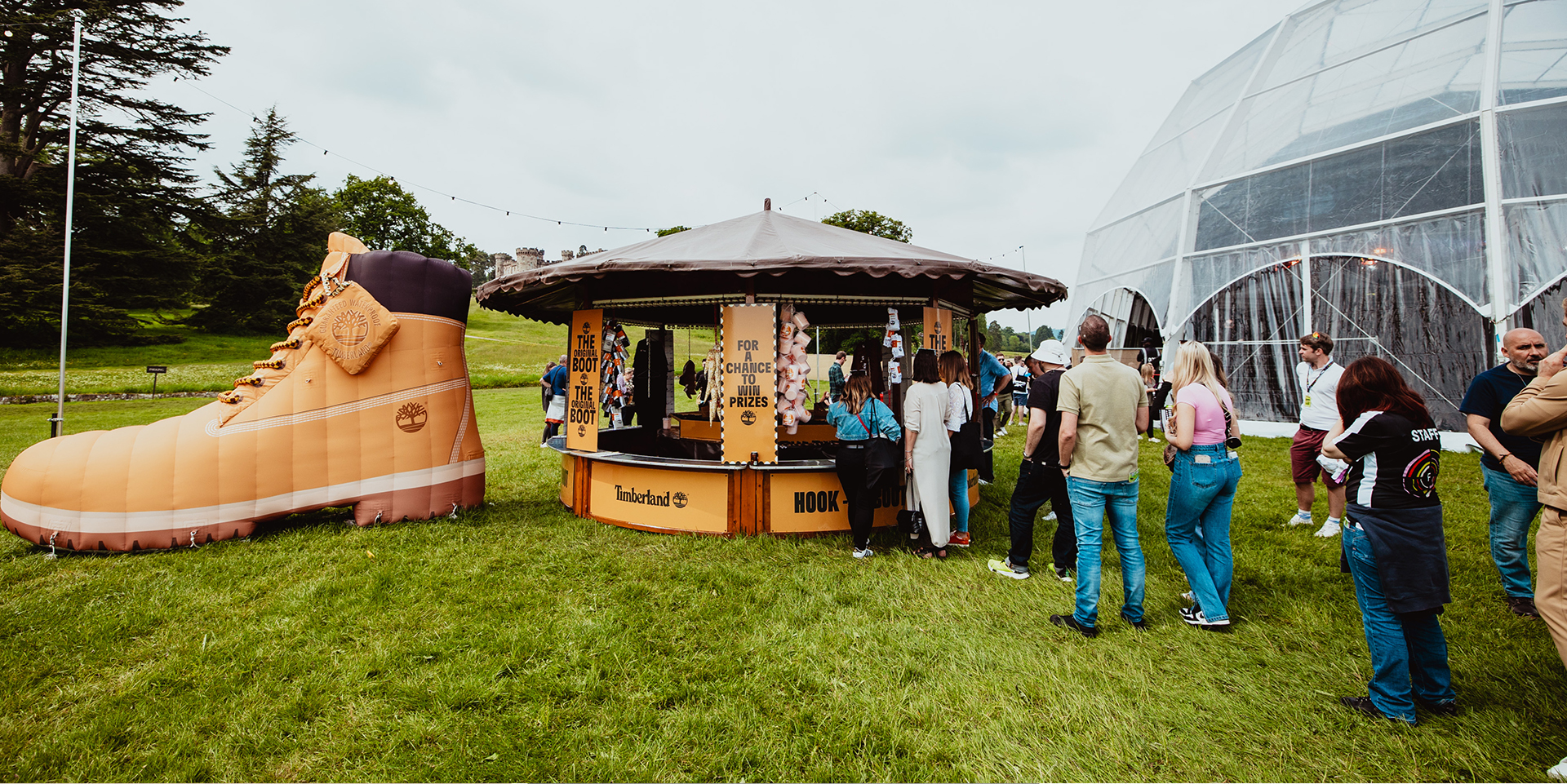Successful brand collaborations are not merely concepts, they have been demonstrated in the real world with unforgettable outcomes. As seen from successful partnerships such as Supreme and Louis Vuitton or Starbucks and Spotify – these collaborations demonstrate what’s achievable when brands join forces through collabs. Examples of such great brand collaborations also provide a benchmark for future business unions to aspire towards. Each one had its unique objectives which all resulted in considerable influence on their respective sectors – like elevating a brand’s reputation, enriching customer experience within stores or teaching children about space exploration.
Supreme x Louis Vuitton
When the Supreme and Louis Vuitton partnership debuted, it revolutionised brand collaborations. Combining streetwear fashion with high-end luxury clothing created a collection so sought after that its buzz spread worldwide. Giving consumers “the best of both worlds”. The collaboration featured hats, keychains, wallets, coats, T-shirts, hoodies, and jackets, adding to an already highly successful trend in terms of finances for both brands. After release, Supremes 2017 revenue increased by over 100%, topping 500 million USD demonstrating just how beneficial this particular collaboration was financially as well as culturally across these two influential brands.
Spotify x Starbucks
Through the collaboration between Starbucks and Spotify, customers have been given an exclusive way to enhance their coffee-drinking experience. By incorporating streaming technology from Spotify into its stores, Starbucks allows patrons to create a uniquely personalized atmosphere – as if they had hired their own personal DJ for every visit! Not only does this improve in-store experiences, but it also builds brand loyalty by offering such differentiated service. This powerful partnership highlights how beneficial technology can be when utilized correctly. It enables companies not only to deliver great customer experiences, but ultimately promote dedication towards that specific brand.
Lego x NASA
Through their collaboration, brands like Lego and NASA have provided a fun way for children to explore space exploration. For decades, this dynamic duo has been successful in inspiring both young learners as well as adults with hands-on play. The public’s response to the educational venture is one of enthusiasm, proving that learning through playful activities can be exciting! Through STEM programs and other initiatives, they offer thought provoking toys such as LEGO City’s Space Shuttle Discovery set — which allows kids to partake in creative construction while increasing understanding about real world science topics. This long lasting partnership between two industry giants ensures everyone will continue getting innovative opportunities full of imagination and discovery for years to come!
Collaboration Best Practices
Collaborations that are successful don’t occur by chance. Rather, they require deliberate organization and communication plus adaptability in order to reach positive outcomes. Understanding the practices best suited for success – from setting up expectations openly to being able to adjust plans as needed while monitoring progress made – can equip brands with a plan of action leading them closer to their goal. It is almost like having an indicator directing you towards your destination!
Clear communication and expectations
Successful collaborations depend on having clear communication and expectations. To help ensure this happens, brands need to set shared objectives that consider their desired outcomes, the preferences of their target audience and how they can align goals together. Effectively expressing these points is like knowing all of the game rules before you start playing!
To get started with setting up a collaboration process: understanding both marketing & PR aims first. Researching what’s important for your target customers. Then making sure all goals are in agreement should be covered by any brand looking into working collaboratively.
Having those main areas outlined will create strong foundations when it comes to joint partnerships so both parties can communicate efficiently while also avoiding potential misunderstandings from cropping up during collaborative projects along the way.
Flexibility and adaptability
Brands should be willing to change and stay flexible in order for their collaborations to succeed. They must have the capacity to quickly adapt when situations require a shift from original plans, allowing them an increased chance of success. By displaying this level of resilience and being ready for anything like a shape-shifter, brands can ensure better outcomes with any project they collaborate on.
The capability to alter tactics is essential as conditions inevitably evolve over time, having an open mind towards modifications allows organizations to reach targets that were previously out of scope!
Measuring success
At the end of a collaboration, brands should measure its success to determine if it was effective and how future partnerships can be improved. A few key performance indicators—such as sales figures, customer engagement with their brand, and overall awareness – should all be taken into consideration when gauging its effectiveness. By focusing on these metrics while analyzing customers’ reactions, they have garnered valuable insights that help them evaluate what went well or needed improvement in each venture. It’s almost like taking an exam: measuring outcomes shows where you shined or could use more work!
Summary
Brand collaborations are a beneficial business approach that helps companies grow their reach, create excitement and leverage marketing tactics. Collaborations like influencer promotion, product partnerships or co-branding campaigns provide various opportunities. A successful collaboration is based on good communication with expectations in mind as well as the ability to assess results. So why not take your brand’s next venture into account?
Frequently Asked Questions
What is a brand collaboration?
A brand collaboration is an alliance between two or more brands to reach joint objectives, using their individual resources and knowledge to design new products or promotional strategies. By working together, they can take advantage of one another’s strengths and attract a wider range of customers. The act of collaborating allows both parties involved in the partnership with potential access to each other’s networks for marketing purposes too.
Why do brands do collabs?
By collaborating, brands are able to extend their reach and make fresh content while simultaneously supporting each other’s products. It is a cost-effective approach for elevating visibility which has the added bonus of cultivating relationships between them both that benefit in trust. Ultimately, this helps promote success on all fronts.
Do brand collaborations increase sales?
Brand collaborations can be beneficial in terms of increasing sales, as they help to broaden the reach and enhance your brand’s reputation. This ultimately leads to higher revenue returns.
What are the effects of brand collaboration?
Brand collaboration is an economical way to gain exposure as it allows tapping into each other’s fan base and getting access to brand new audiences. This type of cooperation can significantly enhance a company’s visibility.
What types of brand collaborations are there?
Collaboration between brands is a great way to reach new customers and create joint marketing initiatives. This could involve leveraging influencers, working together on products or orchestrating co-marketing campaigns, all with the aim of enhancing brand awareness.






